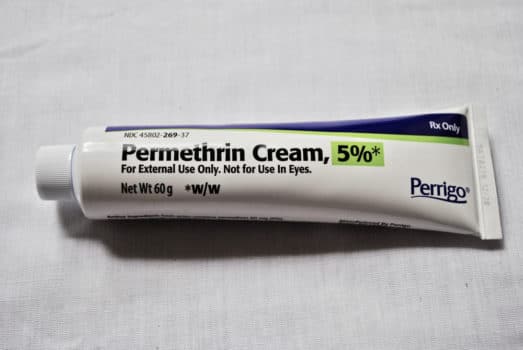


Once this coating is destroyed, the bed bugs will slowly dehydrate and die. See Should I Use a Fogger? for information about fogger use and safety.ĭesiccants: Desiccants work by destroying the waxy, protective outer coating on a bed bug. Some pyrethroid pesticides come in the form of a total release fogger. It can also be helpful to switch to an entirely different chemical class to control resistant bed bug populations. Sometimes using a combination product (either multiple pyrethroid or pyrethrin active ingredients, or one that combines different chemical classes into the same product) can improve bed bug control. Some bed bug populations have become resistant to pyrethrins and pyrethroids. However, where resistant bed bug strains exist, these treatments may cause them to move to a new hiding place or temporarily flush them out of existing locations. Both compounds are lethal to bed bugs and can flush bed bugs out of their hiding places and kill them. Pyrethroids are synthetic chemical insecticides that act like pyrethrins. Pyrethrins are botanical insecticides derived from chrysanthemum flowers. Pyrethrins and Pyrethroids: Pyrethrins and pyrethroids are the most common compounds used to control bed bugs and other indoor pests. Learn more about effectiveness of bed bug pesticides. The following paragraphs discuss in more details each of the more commonly used chemical classes for bed bugs. It can be helpful to use pesticides that differ in their mode of action because it can reduce the likelihood that the bugs will develop resistance. Dichlorvos (also known as DDVP, an organophosphate) is registered as a pest strip for treatment of small enclosures.Įach chemical class kills bed bugs using a different mode of action. There is also an additional chemical class registered for a very narrow use pattern. These 300 registered products fall into seven chemical classes of pesticides that are currently registered and widely used for bed bug control: Learn more about EPA's regulation of bed bug products. Most of these can be used by consumers, but a few are registered for use only by specially trained professionals. EPA evaluates data on the safety and the effectiveness of the products before approving them.

Información relacionada disponible en españolĮPA has registered more than 300 products for use against bed bugs. See Stay Legal and Safe in Treating for Bed Bugs for more information. Sometimes people want to try things to control bed bugs that are not legal.Read When Treatments Don’t Work before reapplying or trying a different product.The Cooperative Extension Service office in your area can assist with choosing appropriate pesticides for your area and situation.Consult a pest management professional to inspect your residence and, if needed, apply approved pesticides to treat any infestation.Use EPA's Bed Bug Product Search tool to help you find a pesticide product.


 0 kommentar(er)
0 kommentar(er)
